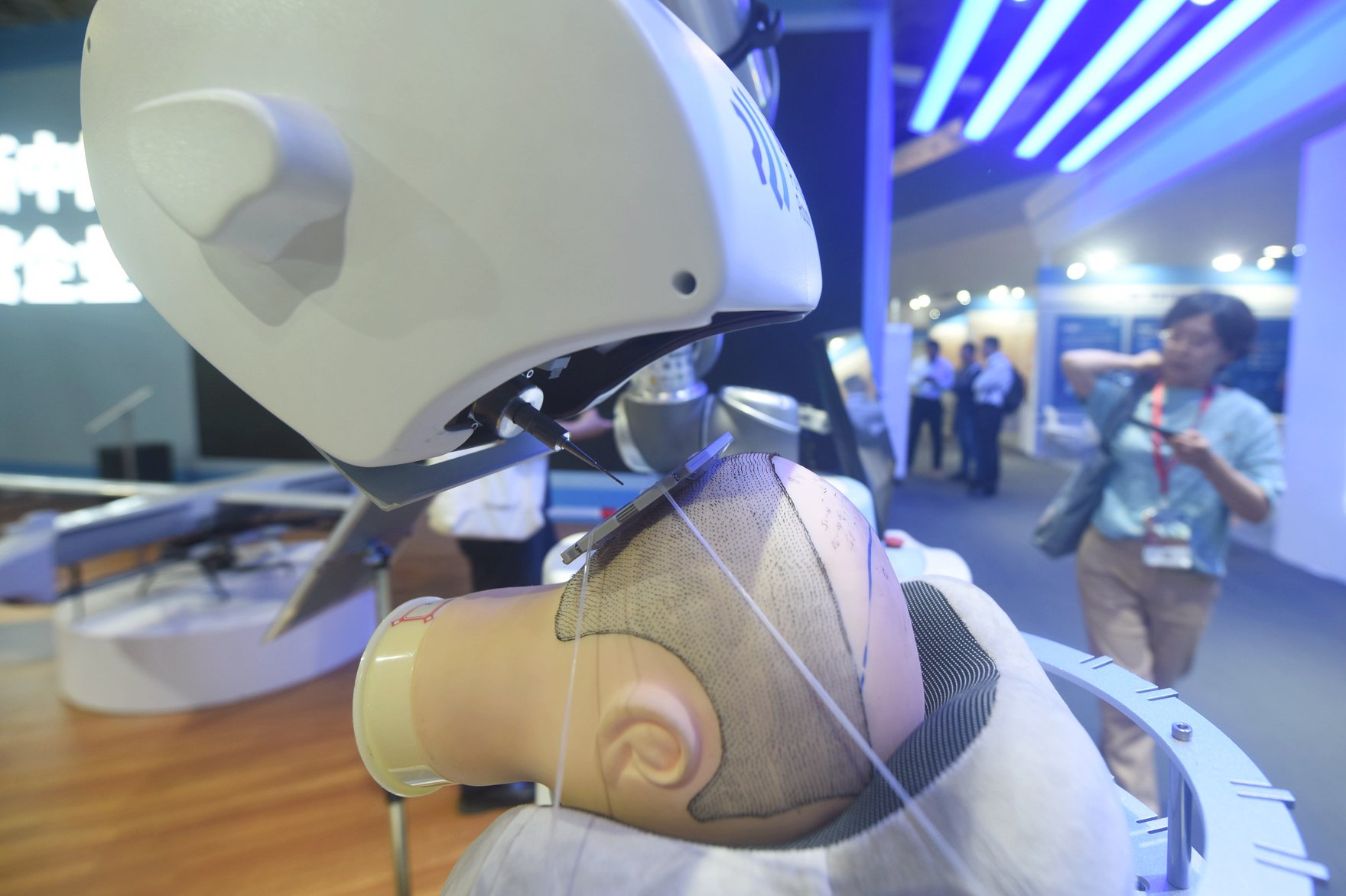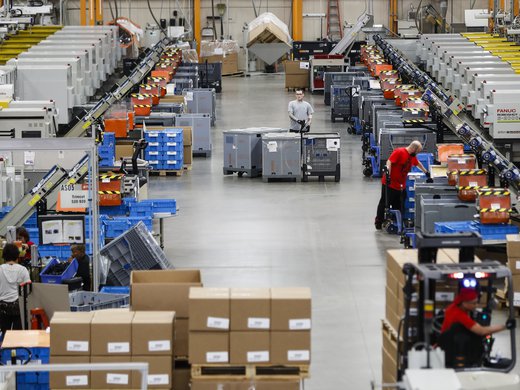The robots are coming — whether we’re ready or not. Recent breakthroughs in artificial intelligence (AI) are bleeding into dramatic new achievements in “humanoid robotics.” For many researchers, the goal is to leverage brain-inspired neural networks to develop machines that mirror human anatomy and even human performance. Not surprisingly, much of the research in autonomous and multimodal robots is being designed to replace human labour.
The robotics industry is reaching a tipping point. Once confined to repetitive tasks in industrial factories, robots are now increasingly capable of learning from generic data to perform complex human tasks. Unlike specialized industrial robots, humanoid robots can be designed for general purpose application across a range of working environments. This includes agriculture, manufacturing, mining, health care, education, entertainment and even defence.
Germany and Japan are the current market leaders in this space but China is quickly catching up. In 2022, Japan accounted for 45 percent of global industrial output and 36 percent of global exports, but China had already become the world’s largest consumer of robots, accounting for more than half of all installed machines. In 2024, China leads the world in robotics patents, although it remains dependent on foreign firms. In fact, most major Western robotics firms have operations in China because of the scale of its market.
China’s Rise Is by Strategic Design
Last year, a report released by China’s Ministry of Industry and Information Technology (MIIT) focused on guiding the development of the country’s robotics industry through generous subsidies and tax incentives. While China still lags in software and hardware, its robotics industry is well-positioned to move up the global value chain. Under its “robotics +” action plan, Beijing is seeking to accelerate the application of robots across industries.
Not surprisingly, Chinese planners hope to control the global supply of core components for the robotics industry by 2025 and achieve global dominance in the manufacture of humanoid robots by 2027, according to The Robot Report. In China’s slowing economy, the MIIT describes robots as a “new engine of economic growth.” Sales figures for robots suggest that China is aggressively pursuing labour automation. Increased automation is essential to raising productivity, given a population that is simultaneously ageing and shrinking.
Taken as a whole, China’s main advantage in the robotics industry remains lower-cost manufacturing. The country’s domestic companies lag behind foreign rivals in smart manufacturing equipment, industrial software and operating systems. But many Chinese firms have developed “good enough” alternatives that can cost as little as one-fifth of the machines sold by their Western competitors. Indeed, China’s industrial policies are deliberately aimed at rapidly expanding a range of high-tech sectors through advanced manufacturing.
Can the United States and Canada Compete?
Will North American firms be able to compete in this new industry? It’s difficult to say. The United States still leads the world in software design, but Asia has become the industry’s main driver — with 73 percent of installed robots. China’s government has become particularly effective at incentivizing manufacturers to locate near research centres in order to adopt cutting-edge innovation. These efforts are aimed at not only enhancing domestic productivity but also positioning China as a major player in automating manufacturing and services.
While the United States generally performs well in innovation, it lags in application. According to a report from the Information Technology and Innovation Foundation, the United States has no coordinated national innovation system. In fact, its overall innovation system has been deteriorating for decades. China currently accounts for a staggering 35 percent of global manufacturing compared to the United States’ 12 percent. In 2022, the United States ran a $1.26 billion trade deficit in robotics, with exports accounting for just 28 percent of the value of imports.
As Chinese tech firms climb up the software value chain, Western policy makers will need to become much better at industrial planning. As with so many other frontier industries (telecommunications, aerospace, advanced electrical equipment, high-speed rail), Chinese planners have become expert at combining strategic industrial policy with patient investment.
Getting the Industrial Policies Right
In August 2022, several Chinese government ministries, including MIIT, released a joint statement on the application of robots to a range of industries including agriculture, construction, health care and mining. Of course, robotics remains just one piece in a vast mosaic of public investments in high-risk industries. Beijing’s “Made in China 2025” industrial policy was launched in 2015 and underscores the country’s commitment to becoming a global innovation leader.
Given the size and scope of the Chinese technology market, it would be wise for Canadian policy makers to become more aware of China’s industrial planning, in particular its robotics industry. Despite decades of innovation policy and planning, Canada remains near the bottom of its peer group on innovation. If Canadian manufacturers are to have any hope at all of competing in the global innovation economy, this must change.



